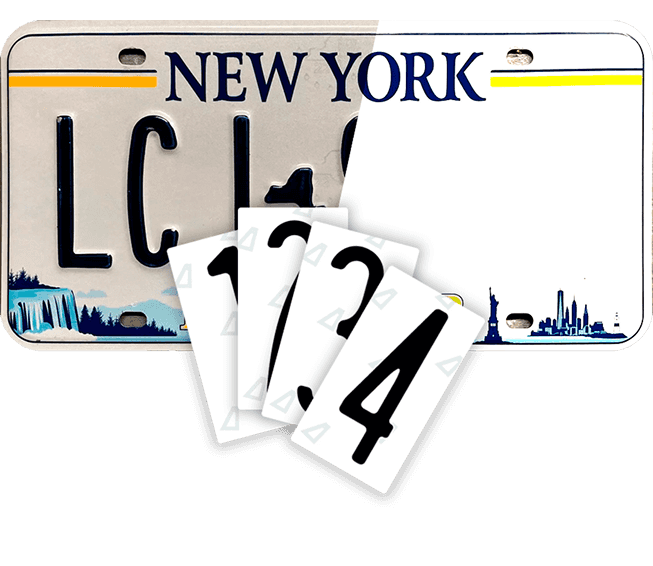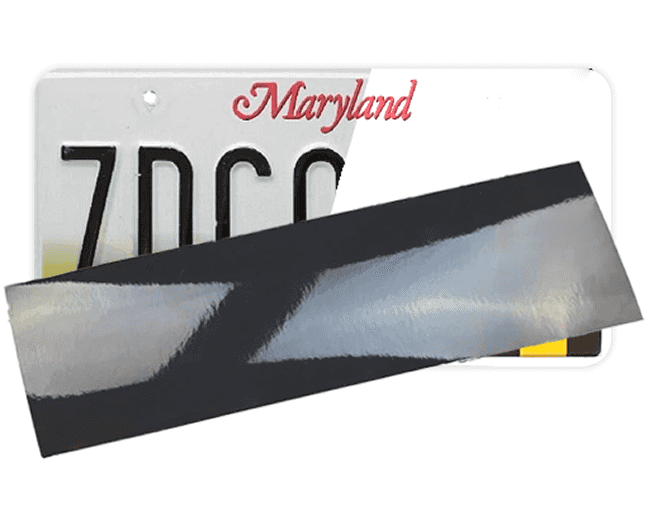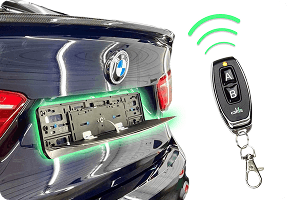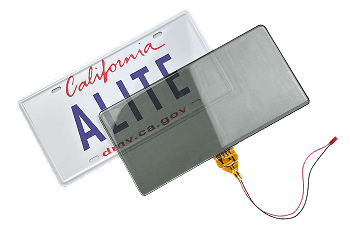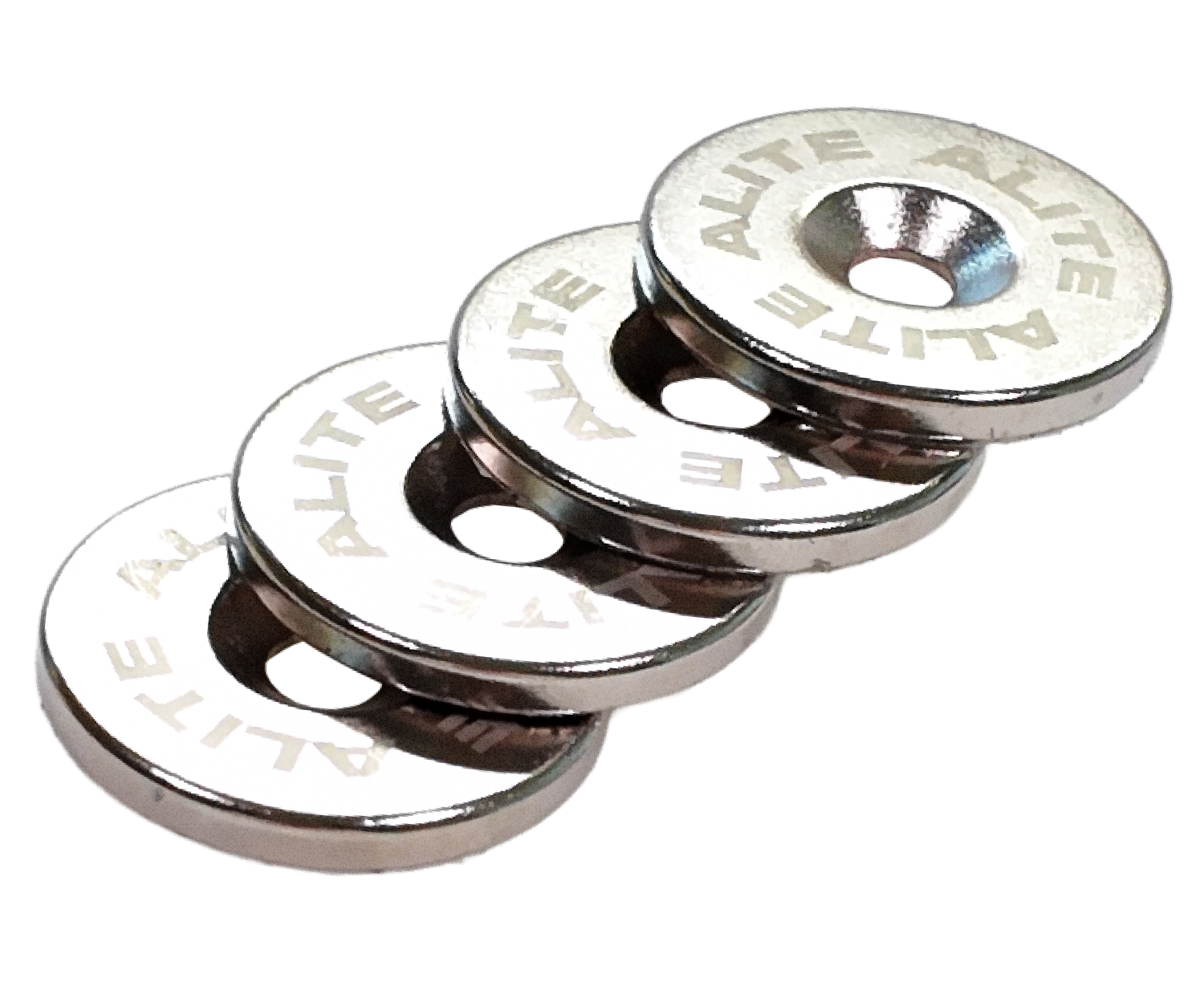Fog has always been one of the toughest natural conditions for drivers. It reduces visibility, scatters light, and makes both human perception and machine recognition less reliable. In such environments, the anti radar sticker takes on a special role. Designed to manipulate how light interacts with a license plate, these stickers can further complicate the task of roadside cameras that already struggle in low-visibility weather.
Unlike clear conditions where surveillance systems work with sharp contrasts, heavy fog creates a diffused environment. Here, an additional optical layer provided by antiradar stickers can shift the balance in favor of the driver, ensuring that recognition systems receive less consistent data.

Alite Blackout
Stealth in a сlick
test
Learn moreAntiradar Stickers and Light Scattering in Fog
The physics of fog involves countless tiny water droplets that scatter beams of light. This scattering reduces the efficiency of camera flashes and infrared beams. When combined with anti radar license plate sticker technology, the effect intensifies. The plate’s reflective properties are altered, meaning the light that does reach the surface is redirected in irregular patterns.
This does not erase the plate’s visibility for the human eye but introduces significant noise for automated recognition algorithms. In practice, fog acts as a natural shield, while the sticker amplifies this shield by introducing a second layer of light interference.
Core optical mechanisms at work:
- Diffusion – fog spreads light in many directions.
- Reflection alteration – stickers modify how beams return to sensors.
- Signal weakening – reduced clarity for infrared and flash-based scanners.
- Pattern distortion – inconsistent data delivered to recognition software.
Invisible Number Plate Effects in Poor Weather
In heavy fog, the concept of an invisible number plate becomes less metaphorical and more practical. Drivers report that cameras in these conditions often fail to capture consistent images. With an anti camera license plate sticker, this inconsistency increases, effectively creating an extra margin of privacy.
It’s important to emphasize that invisibility here does not mean disappearance but rather distortion. Just as fog blurs the edges of objects, the optical layer of a sticker bends or scatters incoming light. The result is a plate that looks normal to the human observer yet behaves unpredictably when analyzed by sensors.

Alite Nanotapes
Click and Stick
test
Learn moreAlite Nanofilm: Engineered for Extreme Conditions
Among available solutions, Alite Nanofilm stands out for its resilience. While some stickers degrade under moisture, Nanofilm uses engineered nanostructures that maintain optical interference even in damp or foggy conditions. This makes it a prime example of how modern antiradar stickers have moved beyond basic reflective coatings.
Nanofilm combines durability with precision. It resists water saturation, temperature swings, and mechanical stress, ensuring that even after repeated exposure to fog, rain, or pressure washing, its optical properties remain intact. For drivers facing variable U.S. climates, this durability is a defining feature.
Advantages of Alite Nanofilm in foggy conditions:
- Maintains optical interference in high humidity.
- Withstands water droplets and condensation.
- Preserves light-bending properties under reduced visibility.
- Long-lasting compared to basic reflective films.
This shows how engineered materials can enhance the natural limitations of roadside cameras, making them less effective in fog.

Nanofilm Ecoslick
Anti-radar stickers
test
Learn moreThe Cat-and-Mouse Dynamic in Weather-Driven Privacy
The use of antiradar stickers in fog also reflects the broader cat-and-mouse dynamic between drivers and surveillance technology. As recognition systems become more advanced, privacy-focused materials adapt to create new layers of interference. Fog provides an environment where these materials are even more effective, as the baseline clarity is already reduced.
For drivers, this dual protection — natural weather interference plus engineered optical disruption — represents a practical synergy. It is not about escaping visibility entirely but about complicating machine perception enough to protect personal autonomy on the road.

Nanofilm Ecoslick Material
Anti-radar material
test
Learn moreCultural Perception of Anti Radar Stickers in Fog
Interestingly, heavy fog has also shaped the way communities talk about these tools. In online forums and driver networks, foggy conditions are often cited as scenarios where anti radar license plate stickers prove their reliability. This builds trust among skeptics, who see evidence that these solutions work not only in theory but in real-world conditions.
Some communities even share anecdotal comparisons, noting how fog naturally reduces recognition while the sticker amplifies the effect. For many drivers, this makes anti radar technology feel less like a gimmick and more like a logical extension of environmental factors they already rely on. In this way, extreme weather has accelerated acceptance of these materials within U.S. driving culture.

Folding frame Alite Flipper
Stealth in a click
test
Learn moreAnti Radar Sticker Potential in Extreme Weather
Heavy fog is one of the rare weather conditions where human drivers and machines share a common struggle with visibility. In these conditions, the anti radar sticker proves its value as more than a novelty. By leveraging principles of light scattering and reflection alteration, it enhances the natural limitations of camera systems.
Products like Alite Nanofilm exemplify how far this technology has evolved. They remain effective in wet, foggy environments, balancing durability and optical disruption. The result is a discreet yet powerful tool that aligns with drivers’ need for privacy in an increasingly monitored world.
Check Out: Anti Radar Sticker Compared to Animal Adaptive Skins


